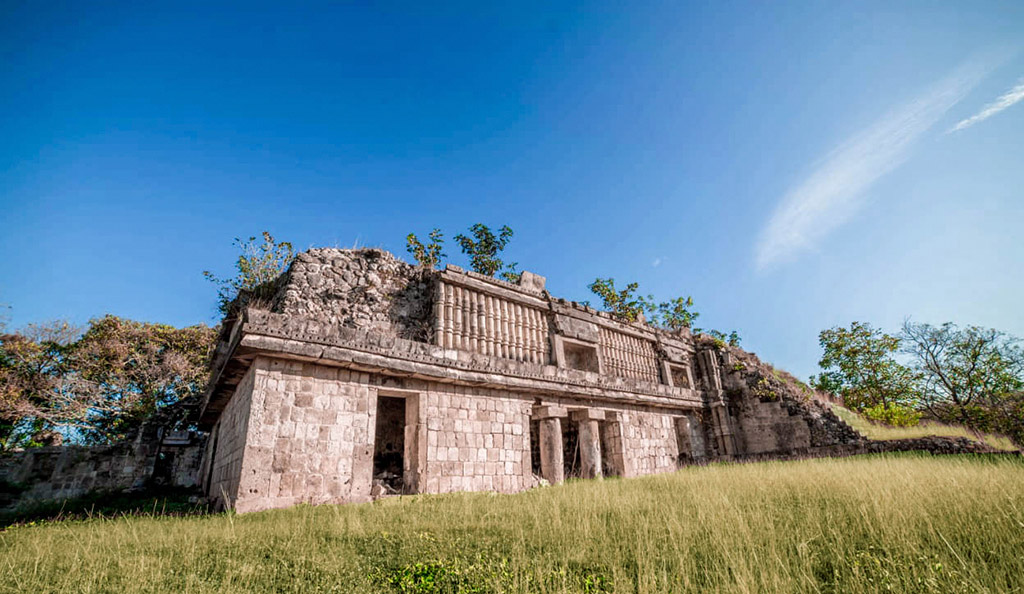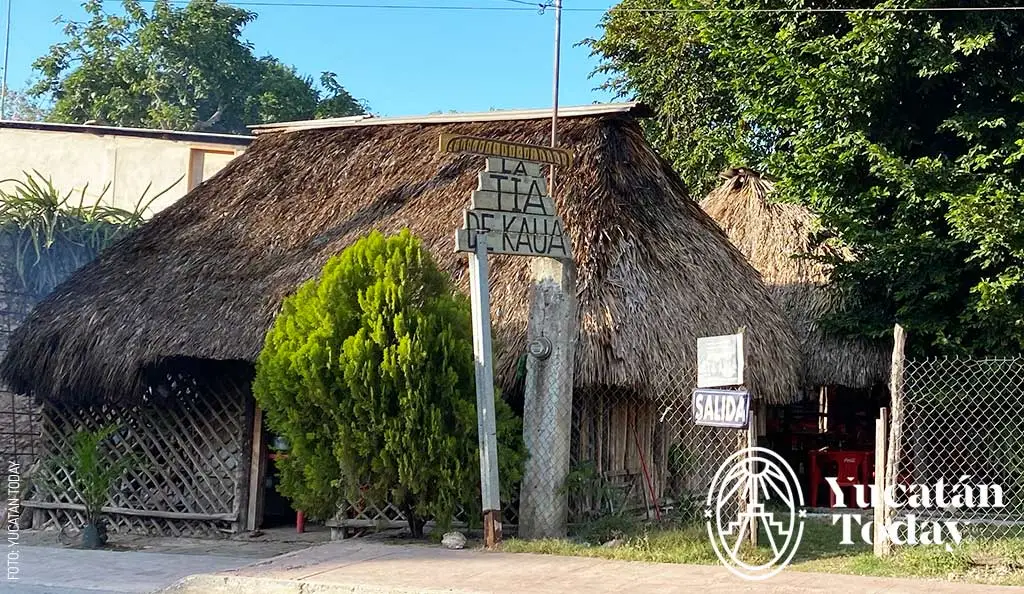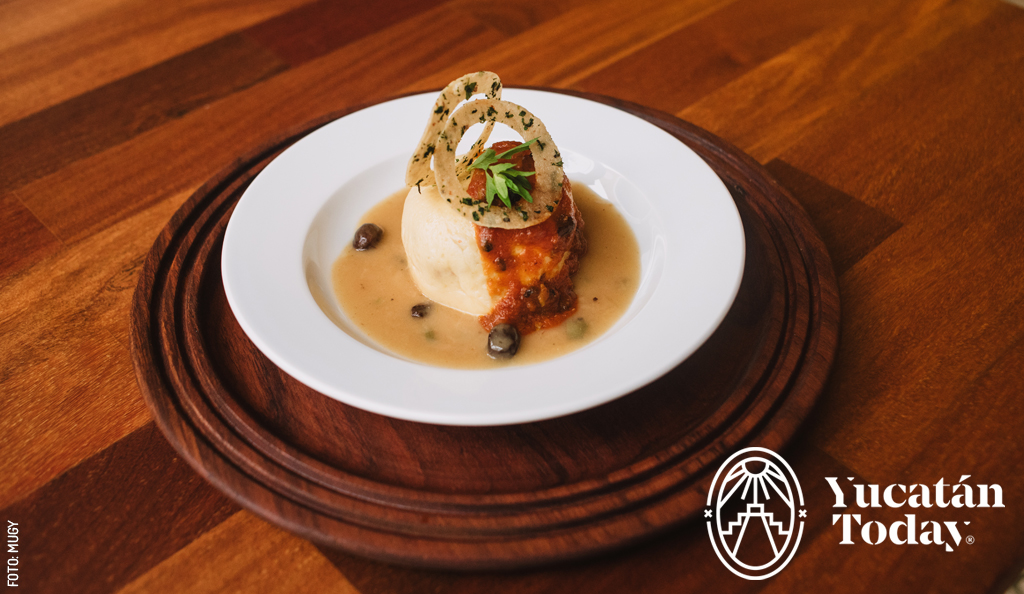
Queso de Bola, a Matter of Love
To talk about the universal love Yucatecos feel for an essential ingredient for Yucatecan cuisine, known as Queso de Bola, we will begin in the negative. Because no, it’s not an ancient ingredient. No, it isn’t cooked underground, as is the Maya tradition. And no, not only is it not Yucatecan, but actually hails from a town called Edam, in the Netherlands.
A Dutch ball of cheese in Yucatán
Once you’ve tried it, any time you find yourself in Yucatán and spot it on any restaurant’s menu, your palate will jump for joy. If you can’t find it, you’re probably not in this wonderful land, whose inhabitants fell in love with Queso de Bola in the 19th century. This is the main ingredient of the traditional Queso Relleno dish, as well as other preparations that will make your mouth water like Pavlov’s dogs.
To tell you more about how Dutch Edam cheese became Yucatecan, we talked to one of its most passionate fans. Her name is Miriam Peraza and she is a teacher and traditional Yucatecan cook. Miriam is a pioneer icon of local cuisine, who never fails to add her love for cooking as one of her main ingredients. At her restaurant, “Manjar Blanco,” in the Santa Ana neighborhood, she invited us to try an unforgettable Queso Relleno. Then, happy as a clam, she told us all about this contemporary Yucatecan cuisine classic.
How Edam cheese became Yucatecan
“At the end of the 19th century, Yucatán was one of the world’s main exporters of sisal, a fiber that was essential for many industries. So ships from Europe would travel to these lands to get 'green gold', but they also brought merchandise with them,” she says, intriguingly.
But yes: olive oil, spices, olives, raisins, capers, almonds, and other products arrived from different European countries, becoming assimilated and essential to our gastronomy. One of the imports, from the Netherlands, was Edam cheese. Miriam tells us that, due to its wax coating, it was and is ideal for long-term preservation, especially considering Yucatán’s high temperatures.
“In the haciendas where henequen was grown, wealthy owners would cut a small hole in the ball of cheese and scrape the inside with a spoon.
Once they reached the harder rind stuck to the wax coating, they would discard the shell. Then, the farm workers (those devoted to the arduous task of cutting the henequen) salvaged it to cook vegetables inside it. The flavor of the vegetables mixed with the cheese was delicious; that’s how this magical dish was created,” she recounts, making this writer’s mouth water.
By the 20th century, Queso de Bola was the main ingredient in the Queso Relleno we know today: the cheese rind stuffed with ground pork, olives, raisins, and capers, as well as the wonderful corn-flour K'ool sauce that surrounds it all. On top, of course, a tasty slice of Edam cheese and tomato sauce to give it color and, above all, flavor. Why is it so characteristic of this region and not the rest of the country? We asked the master cook.
“Because Queso de Bola fell in love with Yucatán and we fell in love with it. Boats brought it and it stayed here to give flavor, texture, and tastiness to our food,” says Miriam, without fear of being wrong. We should also remember that it was until very recently that Yucatán found itself connected to the rest of México: until about 40 years ago, in Mérida it was easier to find Dutch cheese than domestic pasteurized milk.
From savory to sweet and beyond
Miriam is lost in memories of her childhood. When she was a child, there was an ice cream maker in the Santiago neighborhood, don Polito. He was the one who invented Marquesitas back in the 1950s, since people weren’t buying ice cream in the winter months.
“People lined up to try them. Since they said a marquis used to live in neighborhood, he named them Marquesitas. They’re made of wafer dough, cooked on a round griddle; Don Polito filled them (as people do to this today) with delicious Queso de Bola. While still on the griddle, he would roll them up, and then, ready to eat!” Miriam recalls.
Today, Marquesitas include ingredients other than Queso de Bola, most of them sweet, which creates an incredibly tasty combination. I asked Miriam how the bold yet smooth, overwhelming yet friendly flavor of Queso de Bola pairs so well with sweets.
“The wonder of Queso de Bola is that it accentuates all flavors, whether salty or sweet. You feel its bold flavor, but at the same time it gives way to an exquisite mix for the palate,” the cook points out.
In Yucatán, you can try Marquesitas with Queso de Bola and Nutella, Dulce de Leche, or strawberries at any park. In ice cream shops you can order Queso de Bola ice cream, and, at bakeries, you can indulge in cakes, donuts, Berliners, cheesecakes, muffins, and even Queso de Bola drinks. As Miriam put it: “We like the flavor that this noble Dutch cheese provides, and no palate can resist so much love,” she concludes.

Author: Cecilia García Olivieri
Escritora y reportera Sumario Yucatán
Receive the latest articles and much more from the best of Yucatán in your email!
Related articles

Maya Myths: Lotus Flower
In the deepest part of the Mayab jungle, there used to be a marvellous kingdom, whose prince was named Chacdziedzib which means “nightingale.” He was...
Chacmultún, a Maya legacy
This may be one of Yucatán's least visited archaeological sites, but Chacmultún is incredible and is located near Tekax. Find out all about the site...



